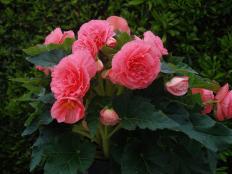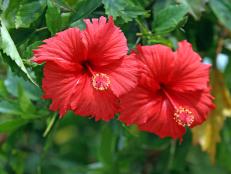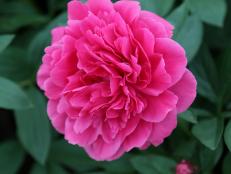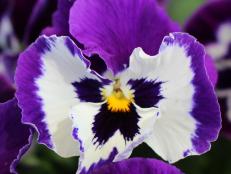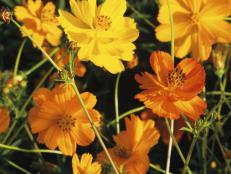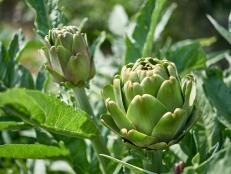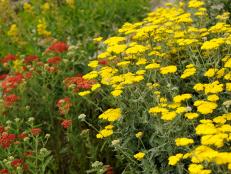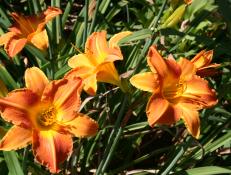Planting Freesia, Anemone and Hyacinth

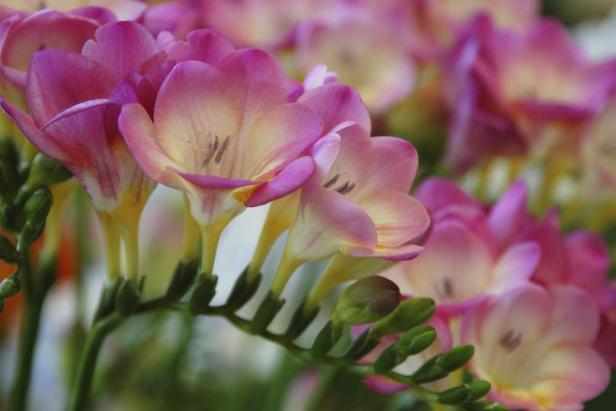
Image courtesy of Longfield Gardens
Autumn is a great time to plant bulbs for spring color. Plant plenty of freesias, anemones and everyone’s favorite—hyacinths—for a spectacular show.
Freesias
Colorful, citrusy-scented freesias are South African corms, although they’re sometimes referred to as bulbs. They can be grown in USDA hardiness zones 7 through eleven. Plant them in the fall if you live below zone 9; otherwise, dig a bed for them in fall and wait until spring to plant. The flowers last a long time in cut arrangements, which makes them popular with florists as well as gardeners, and they’re available in white, blue, orange, violet and yellow.
These flowers are easy to grow in the ground or containers, preferring well-drained soil amended with organic material. Plant them with the pointed end up, about 2 inches deep and 3 inches apart, in full sun. Water them in thoroughly, but avoid letting water stand in puddles.
Freesias need about an inch of water each week while they’re actively growing. Their tubular flowers attract hummingbirds, and are held facing upward when they appear in late spring to early summer. After the blooms fade, let the foliage turn yellow and die naturally, so the bulbs can store energy for next year.
If you live in zone 9 or above, your freesias can remain in the ground, but if you’re below zone 9, dig them up after the first hard frost, and remove the dead foliage. Store the corms in a single layer on some newspapers, leaving space between them for good air circulation. Keep them in a warm, dry, well-ventilated spot to cure for a couple of weeks. Toss any that show signs of disease or that develop soft spots.
Once the corms have cured, store them in a paper bag with some peat moss, and move them to a cool room where the temperature won’t drop to freezing.
Hyacinths
You really can “grow perfume” when you plant fragrant hyacinths. Whether you grow these bulbs in the garden or in containers, start them in the fall for spring flowers. They’re beautiful and easy to grow as specimens or in colorful mass plantings.
Hyacinths need well-drained soil and full sun. Plant them 8 inches deep, and 2 inches or 3 inches apart, with the pointed ends up. After the flowers finish, let the foliage die naturally before removing it. In most parts of the country, hyacinths will come back every year.
Anemones
Some types of anemones, also called windflowers, bloom in spring, while others bloom in fall. They are not hardy to zones 5 and below. When planting in autumn, soak the tubers, sometimes called bulbs, in lukewarm water for 2 to 4 hours beforehand, to encourage them to sprout faster.
Prepare a bed for anemones by digging holes 2 inches to 3 deep in well-drained soil. Space them 6” to 8” apart. There’s no “up” side, so don’t worry about which way the tubers face. Water them in thoroughly after planting, and keep them watered while they’re actively growing.
Anemones prefer full sun to part shade and slightly acidic soil. They can take more sun when they’re grown in northern gardens. Like the other bulbs mentioned here, anemone leaves should be left to turn yellow and die naturally before they’re cut. Wait until spring to divide or move the corms.
To save them over the winter, leave anemones in the garden until the foliage is killed by a first frost. Then gently dig them up and shake off any excess dirt. Discard any with disease or soft spots, and leave them out of direct sun to cure in a well-ventilated spot for a few days. Store them in a cardboard box filled with very slightly dampened peat moss. Top them with more peat moss, and put the box in a cool, dry, dark spot that doesn’t freeze. Check periodically and remove any that show signs of going bad. Mist the tubers, if needed, with just enough water to keep them from completely shriveling.






